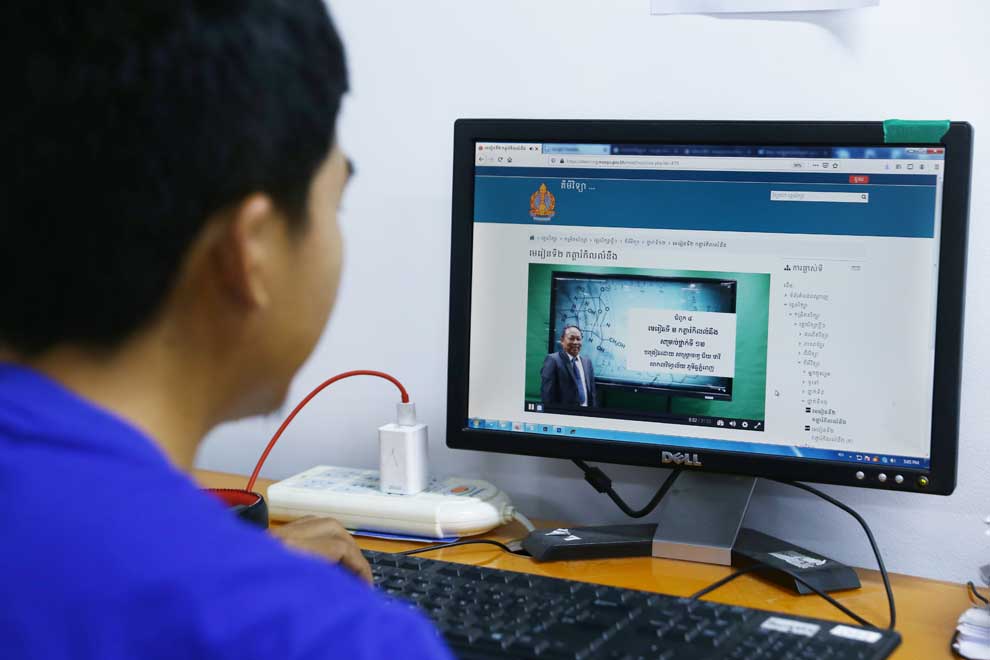In an article published in the American magazine Ed Tech, which is interested in education technology, Doug Bondrod (an award-winning problem-solving through technology, innovation and the human dimension) writes that the walls of traditional schools are crumbling in favor of tachnology education in the next five years.
Bondrod says nearly $325 billion will be spent in the coming years for e-learning initiatives.
“I have a real faith and confidence in the future of e-learning,” says Jessica Milliston, an expert at E-Technology magazine in New York. “It’s good for our entire lives, and all the technology we develop will become part of e-learning as well.”
Schools usually have a number of e-learning days, and administrators have the flexibility to ensure that education continues even when school buildings are closed.
For schools that have just begun their journey towards digital education initiatives, there is no recommended grade that describes the ideal implementation of those plans.
Learn deeper
E-learning “uses technologies to access out-of-school curricula,” according to the North Carolina E-Learning Initiative, which relies on its online e-learning programs.
But Milston notes that although some tasks are completed online, there is also a certain amount of content acquisition that teachers explore deeper into the classroom through live interaction with students, which makes sure that E-learning will not become isolated from direct learning but rather complementary to it.
Solving school problems
The infrastructure of schools is not always available. As a result, some regions have adopted digital learning days to enable education to continue in stormy weather or amid outbreaks of serious disease such as the Corona epidemic in the past few days.
“Emerging technologies such as augmented and virtual reality provide a pathway to deeper and more sensual learning,” Says Milston. We need to mobilize support from the beneficiaries of the application of that system so that the classrooms are transformed into amazing laboratories that complement large-scale e-learning initiatives.
“The least effective model is to tell students to go to learn something themselves,” she suggests instead starting platforms such as “Google Classrooms,”which allow teachers to contact students and discuss them in the curriculum.
The Montorville School in Pennsylvania has created the Minecraft Room, where students are recreating the stories they’ve read and linking abstract learning to direct digital representation.
How do we benefit from the experience?
More than 70% of primary school teachers in grades 1 to 3 say that training initiatives have increased students’ math learning skills, while the use of out-of-classroom learning to facilitate project-based practical work in school drives has increased academic success. And keep the knowledge.
But to effectively tap into the benefits of e-learning for students, officials should draft a policy that focuses on regular measurement of student outcomes and ensuring that stakeholders support e-learning initiatives. It’s also important that digital learning technologies work in the first place
The expert emphasizes that it is important to provide reliable, fast, responsive and proven technology to teachers because if applications are tried incorrectly, the teacher will not experiment again.
In order to learn effectively, teachers must be ready to provide online teaching, and students must be willing to learn online, as stated in the U.S. Joint Education Report 2019, officials also need to consider requirements ranging from accommodation provision For students with special needs or those whose English is not their mother tongue, as well as the types of systems and devices needed to support e-learning efforts.
It is also important to think about the infrastructure of student technology. For example, if broadband connections are not readily available or not cost-effective, schools may be better served by resources that have offline components or require minimal connected network.





